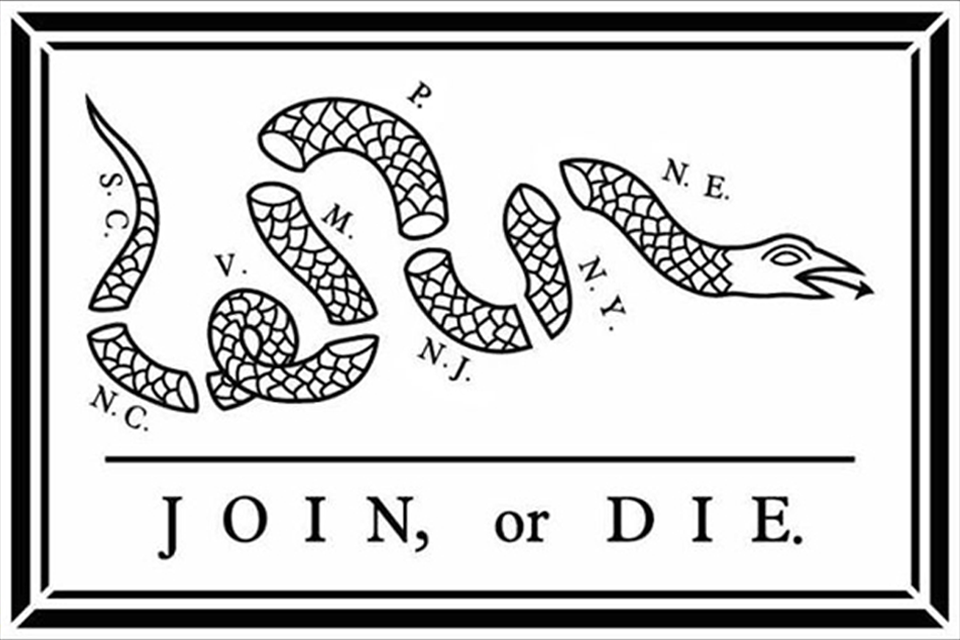
Evolution of Political Cartoons
Throughout history, artists have used their tools to communicate their ideas to the public. Their main source of inspiration came from their response to their social environment and how it affect their own life, as well as those around them. With the constant media evolution, artists had to adapt in their expression. Politcal cartoons, also known as editorial cartoons, "represent vivid, imaginative insight into politics and popular cultural opinion." (quoted by Anne McCallumin in The Evolution of Political Cartoons online article)
An example of a political based cartoon can be seen as early as the late 18th to early 19th century by Francisco Goya, a Spanish royal artist. His powerful graphic etchings, "Los Caprichos", alluded to Spain's long and intensive military struggle with France. Another example of an early politcal cartoon is Ben Franklin's "Join or Die" representing the colonies. Much different from the grotesque realistic scenes of Goya, this imagery was simple and easily comprehensible. Cartoons became a method to educate the illiterate public and keep them in the politcal loop. This snake drawing is considered to be America's first politically based cartoon.
So what exactly is the modern poltical cartoon? According to Dan Backer's "A Brief History of Cartoons" (quoted by Anne McCallum) is a mixture of two essential elements; caricature and the allusion, and a widley known subject matter. The overall delievery of a politcal cartoon has evolved from realistic imagery, to the exaggeration of certain features of the subject while creating a satire related to their personality.
For more information check out Anne McCallum's article "The Evolution of Political Cartoons Through a Changing Media Landscape"
"Too many of today's artists regard editorial cartooning as a trade instead of a profession. They try not to be too offensive. The hell with that. We need more stirrer-uppers."